CAUSES AND SYMPTOMS OF OBSTRUCTIVE SLEEP APNEA
Obstructive sleep apnea is a serious and common disorder in which breathing repeatedly stops for at least ten seconds during sleep. The disorder leads in reduced oxygen in the blood and can briefly wake up sleepers throughout the night. Well, you should note that sleep apnea has various different possible causes.
In grownups or matured ones, the most common cause of obstructive sleep apnea is too much weight and obesity, which is related with soft tissue of the mouth and throat. When we sleep, the throat and tongue muscles are more relaxed, this soft tissue can cause airway to become blocked. But various factors also are related with the condition in grownups or elderly ones.

Concerning kids, causes of obstructive sleep apnea usually include enlarged adenoids and tonsils and dental conditions like large overbite. Less common causes include a growth or development in the airway, and birth defects like Down syndrome and Pierre robin syndrome.
Down syndrome leads to tongue enlargement, adenoids and tonsils and a reduced muscle tone in the upper airway while Pierre robin syndrome actually possess a small lower jaw and the tongue tends to ball up and fall to the back of the throat. Though obesity in kids may lead to obstructive sleep apnea but it is much less commonly related with the condition than grownups obesity.
Regardless of one’s age, unsolved or untreated obstructive sleep apnea can result to severe complications which include; accidents, cardiovascular disease, and premature death. Therefore, it is very important that anybody with signs and symptoms of obstructive sleep apnea, particularly loud snoring and repeated night time awakenings accompanied by day time sleepiness, should receive appropriate medical evaluation.

RELATED RISK FACTORS FOR OBSTRUCTIVE SLEEP APNEA
As we have discussed on obesity, there are other anatomical attributes related with obstructive sleep apnea, of which many of them are hereditary like a narrow throat, thick neck, and round head.
Contributing factors may include excessive and abnormal growth which is as a result of excessive production of growth hormone (acromegaly), and allergies and other medical conditions like deviated septrum that can lead to congestion in the upper airways.
Also in grownups, smoking, excessive alcohol use, and the use of sedatives is usually related with obstructive sleep apnea.

OTHER FACTORS ASSOCIATED WITH OBSTRUCTIVE SLEEP APNEA
- Family history: about 25 to 40 percent of individuals with obstructive sleep apnea have family members with the condition, which probably reflect an inherited tendency toward anatomical abnormalities.
- Ethnicity: it is more common in African-Americans, Pacific Islanders (whites) and Hispanics.

HOW DOES BEING OVERWEIGHT LEADS TO OBSTRUCTIVE SLEEP APNEA
Well, you should know that more than half of individuals with obstructive sleep apnea are either overweight or obese, which is further explained as a body mass index (BMI) of 25 to 29.9 or approximately 30.0 or above, respectively.
In Grownups or matured people, too much weight is the strongest risk factor related with obstructive sleep apnea. Each unit increase in BMI is related with a 14 percent increased risk of growing sleep apnea, and a 10 percent weight gain increases the chances of growing moderate or serious obstructive sleep apnea by six times.

Unlike grownups with a normal weight, people who are overweight or obese have a sevenfold increased risk of growing obstructive sleep apnea. But the effect of BMI on obstructive sleep apnea becomes less important after you must have passed the age of 60.
Note that BMI is not the sole maker of obesity that is important. The male ones with a neck circumference above 17 inches and the female ones with a neck circumference above 15 inches also have a significantly increased risk of growing obstructive sleep apnea.
Furthermore, extreme obesity is related with obesity hypoventilation syndrome, which can happen alone or in combination with obstructive sleep apnea. In this syndrome, which has effect of up to 25 percent of the extremely obese, too much fat do not only affect chest movement but also compresses the lungs to cause swallow and inefficient breathing throughout the day and night.
Though modest loss of weight enhances obstructive sleep apnea, it can be hard for fatigued and sleepy patients to lose weight. In extremely obese patients, bariatric surgery is related with an 85 percent success rate in enhancing the signs and symptoms of obstructive sleep apnea.

COMPLICATIONS ASSOCIATED TO OBSTRUCTIVE SLEEP APNEA
More proofs suggests that obstructive sleep apnea is strongly related with conditions like high blood pressure, stroke, diabetes, heart attack, heart failure, hypothyroidism, abnormal heart rhythm, nocturnal angina and gastroesophageal reflux disease. Research also shows that about half of sleep apnea patients have hypertension, and unsolved obstructive sleep apnea that increases the risk of heart related illness and death.
Furthermore, obstructive sleep apnea is related with too much day time sleepiness, which tends to increase the risk for motor vehicle accidents and depression. A few complications may be associated to the release of stress hormones, which may be triggered by occurring decreases in blood oxygen levels and decreased sleep quality.
Stress hormones can increase heart rate and in addition, it can result to the growth or development of heart failure.

OBSTRUCTIVE SLEEP APNEA IN BOTH MEN AND WOMEN
Obstructive sleep apnea is up to 4 times as common in men as in women, but women are likely to grow sleep apnea when they are pregnant or after menopause. In adults that are much older, the gender gap narrows after women reach menopause.
Postmenopausal women who receive hormone therapy are less likely than women who do not grow obstructive sleep apnea, suggesting that estrogen may be safer. But hormone replacement therapy is not considered to be the right therapy for the condition, because it can have impact on the health other ways.

TREATMENT
Medical treatment which includes control of risk factors, oral appliances, surgery, and use of consistent positive airway pressure (CPAP) may enhance signs and symptoms of obstructive sleep apnea.
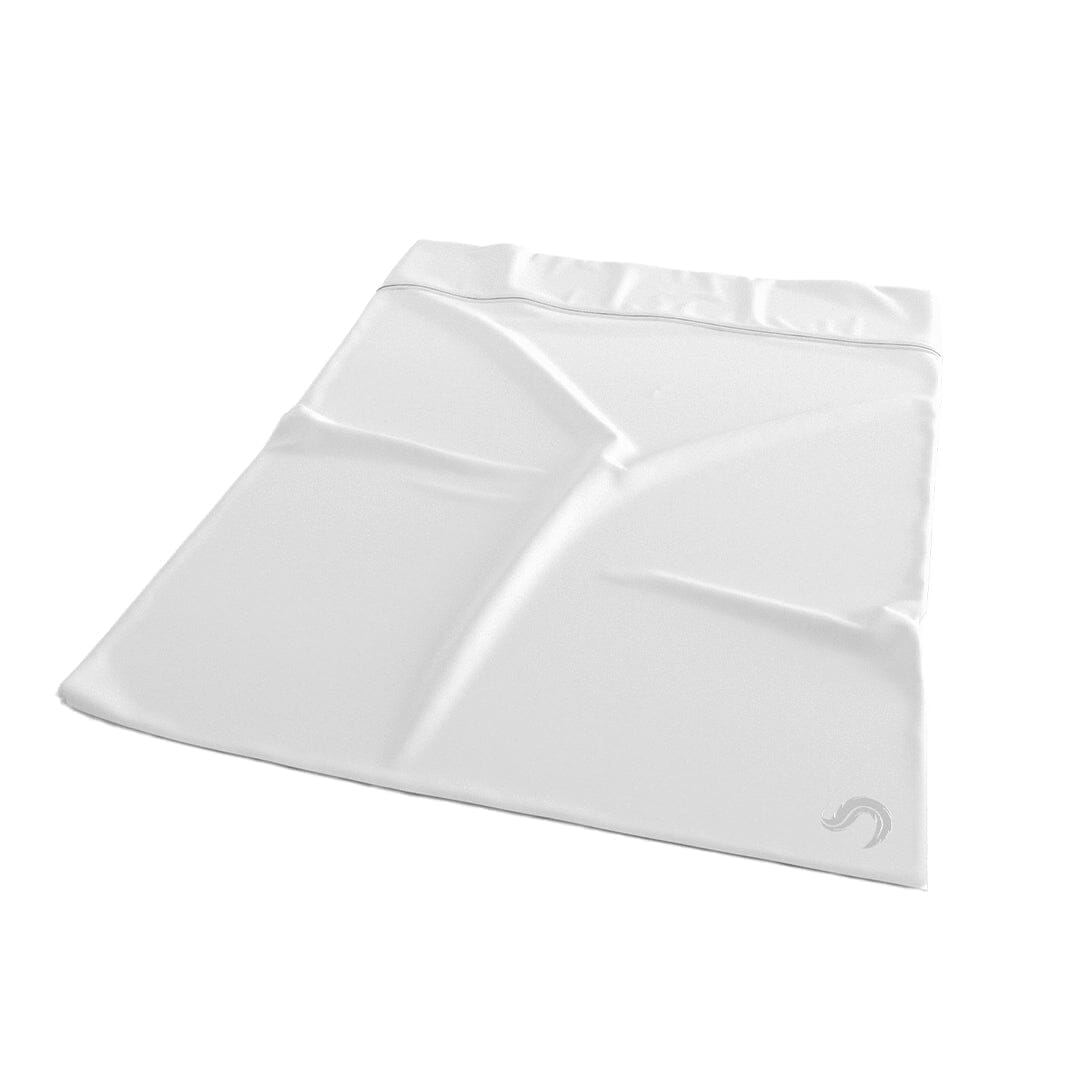
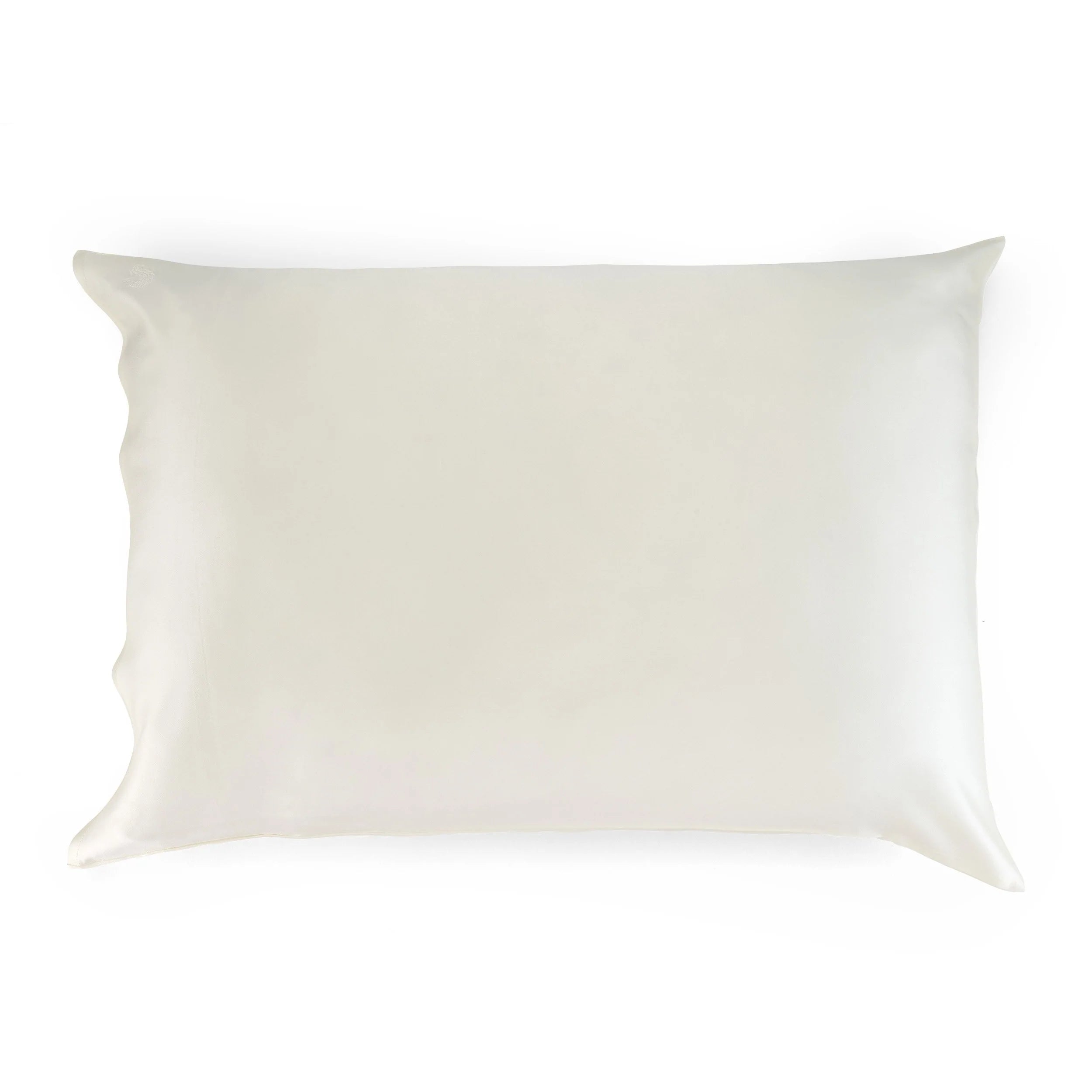
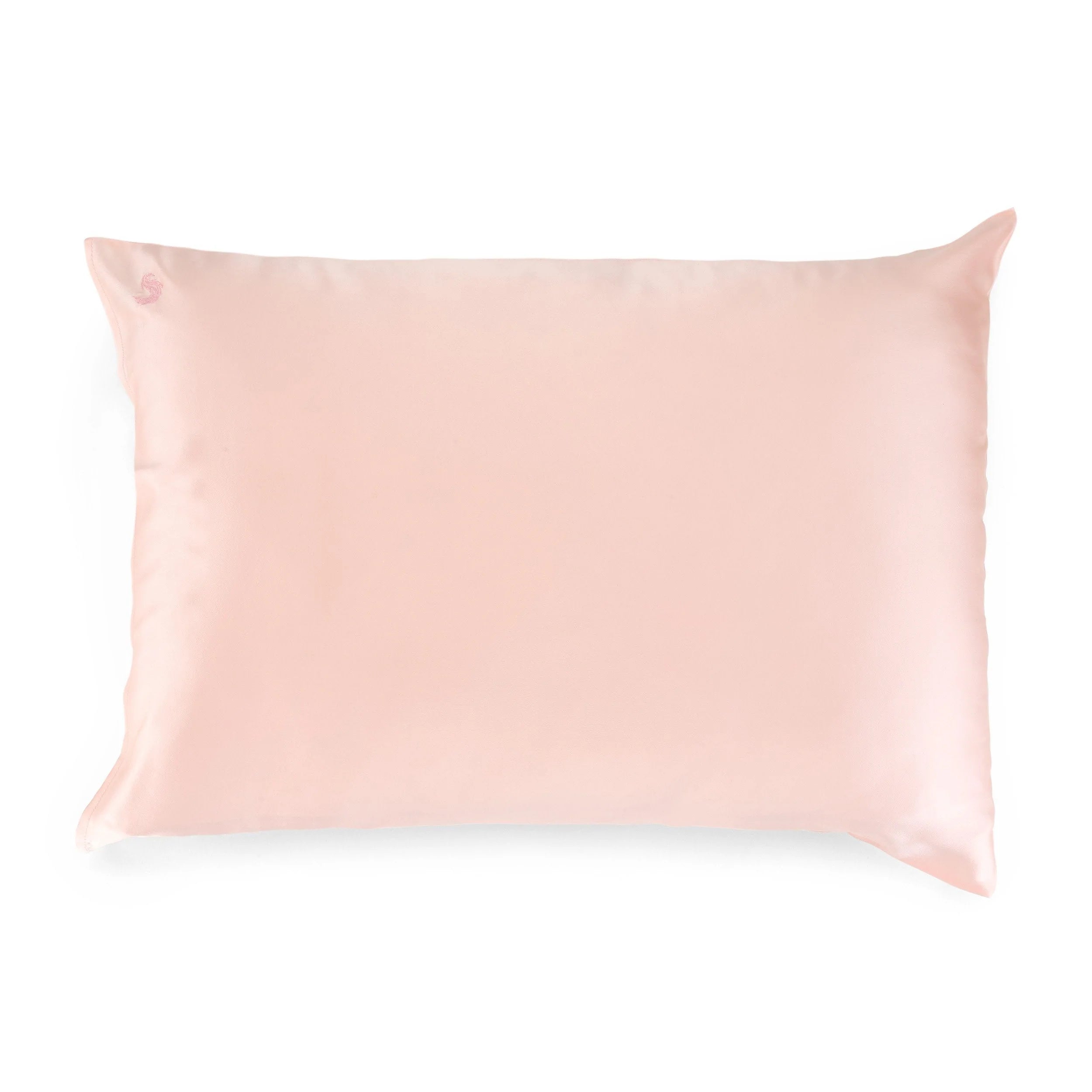
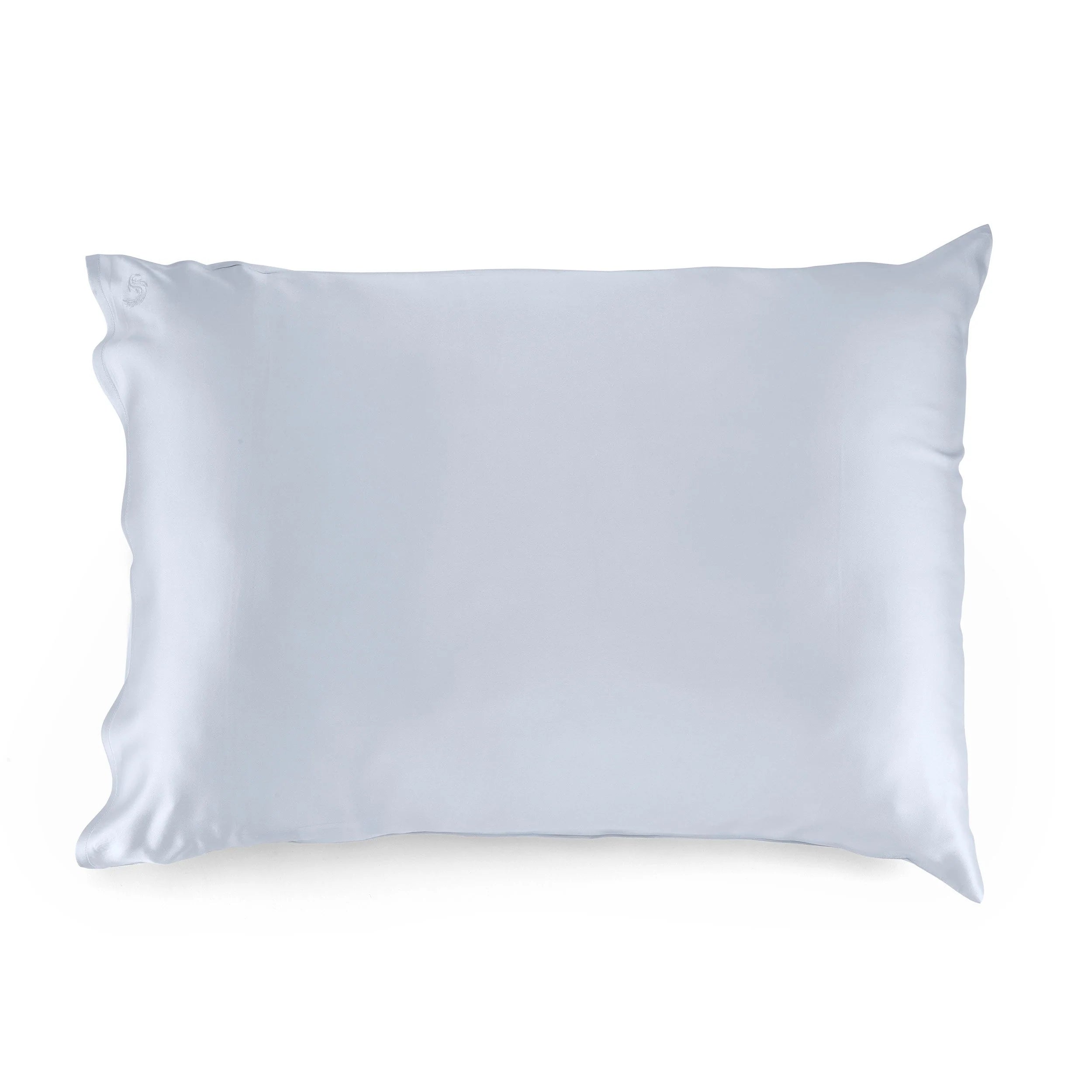
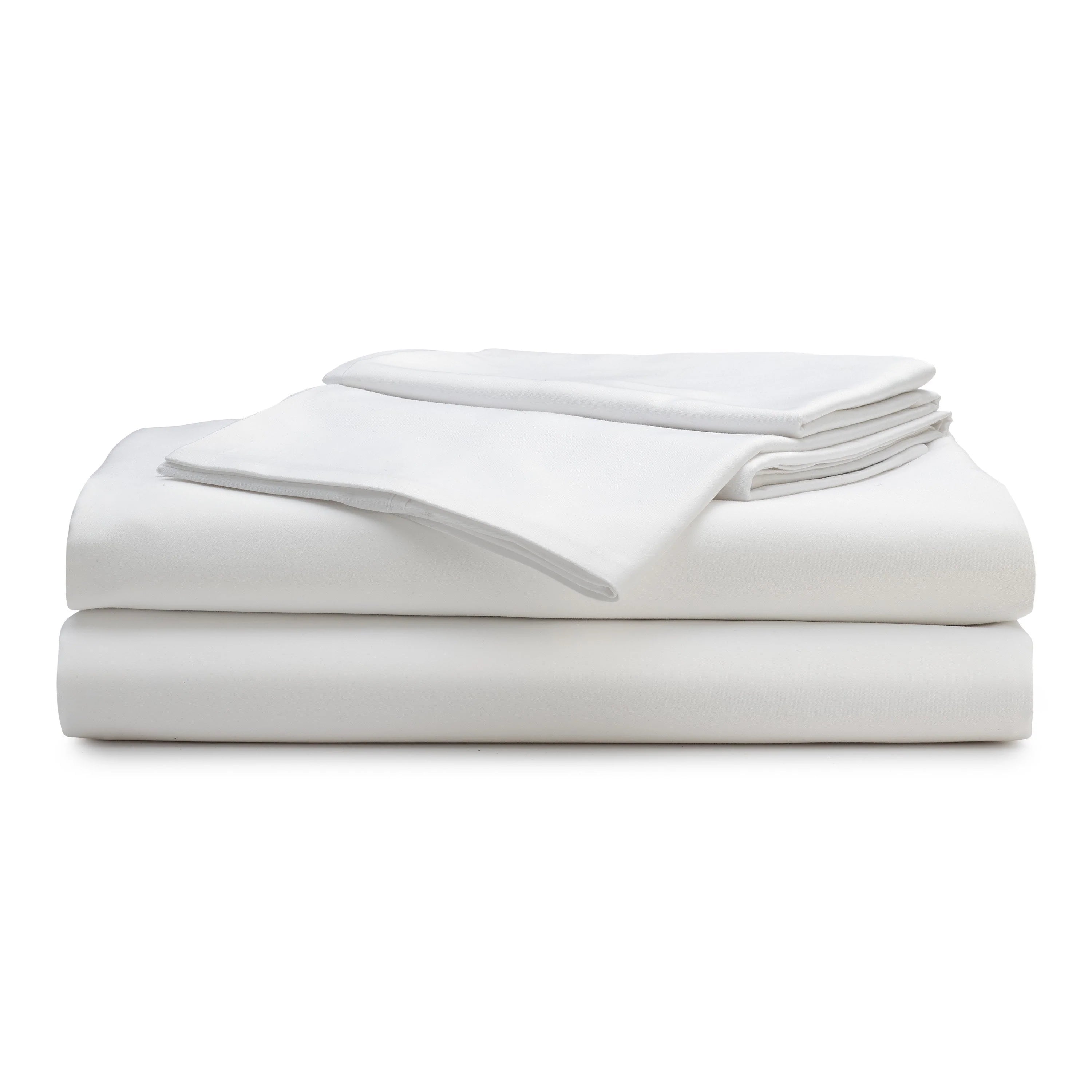
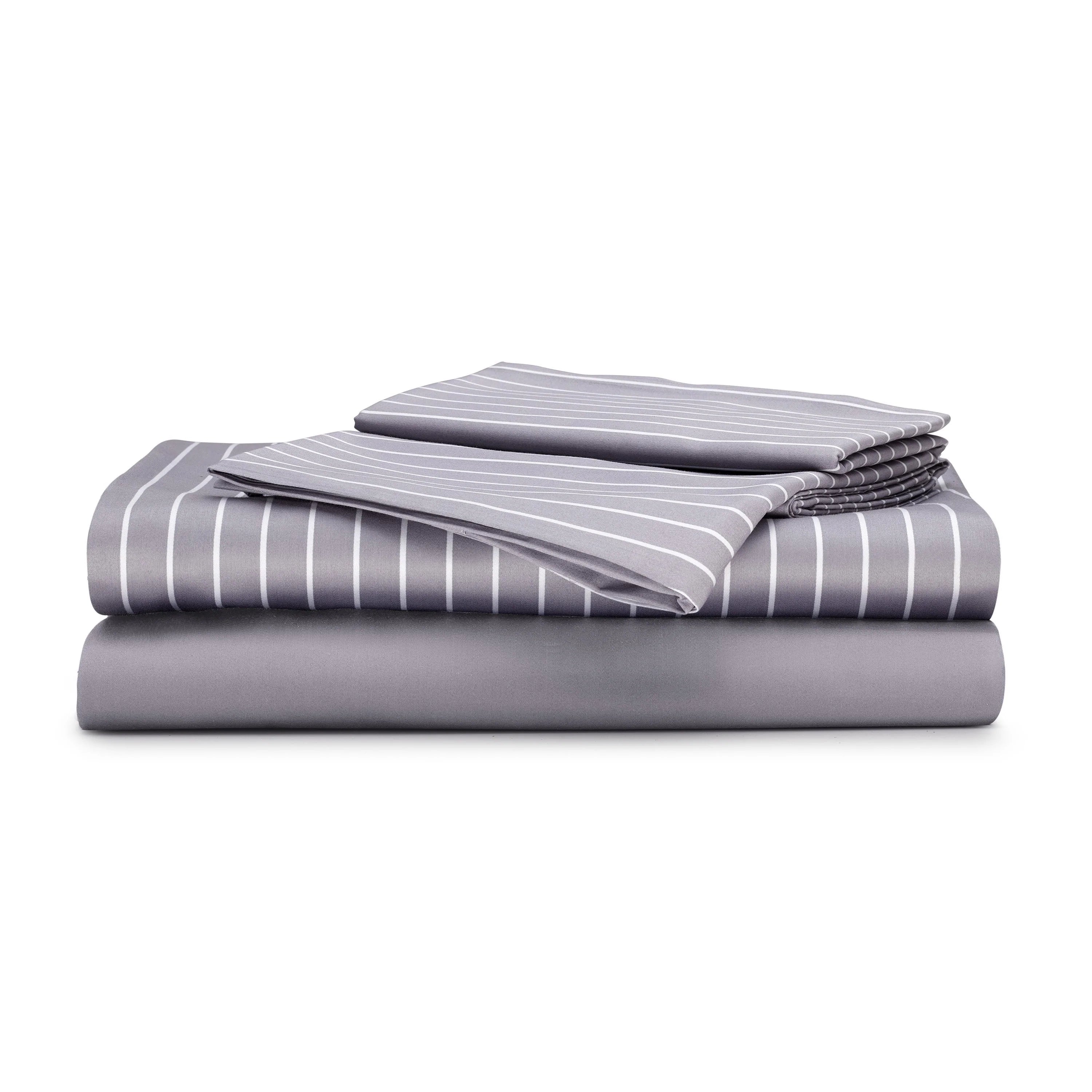

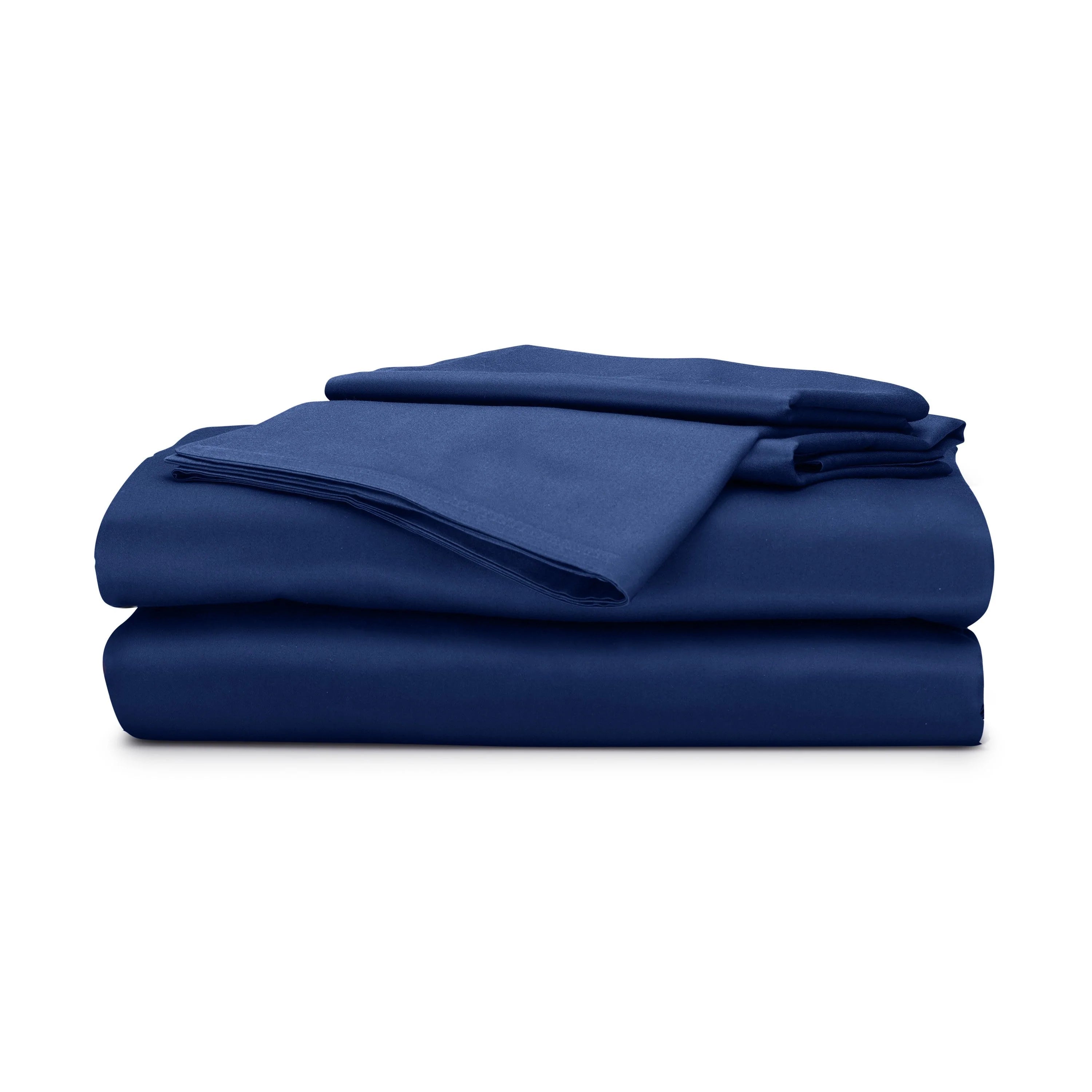
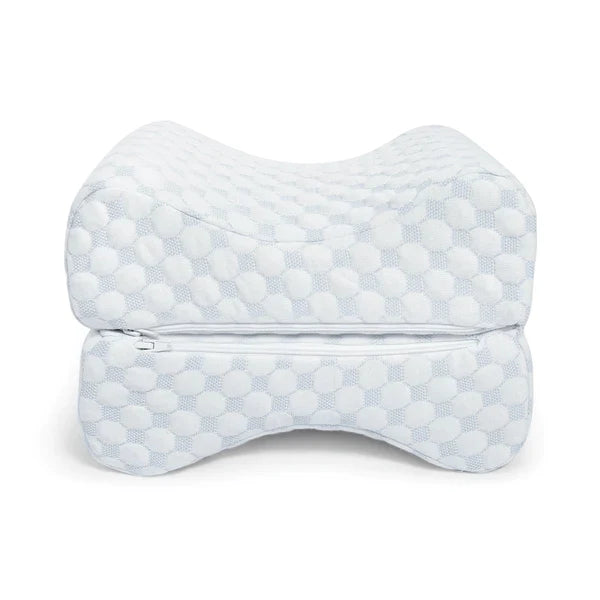
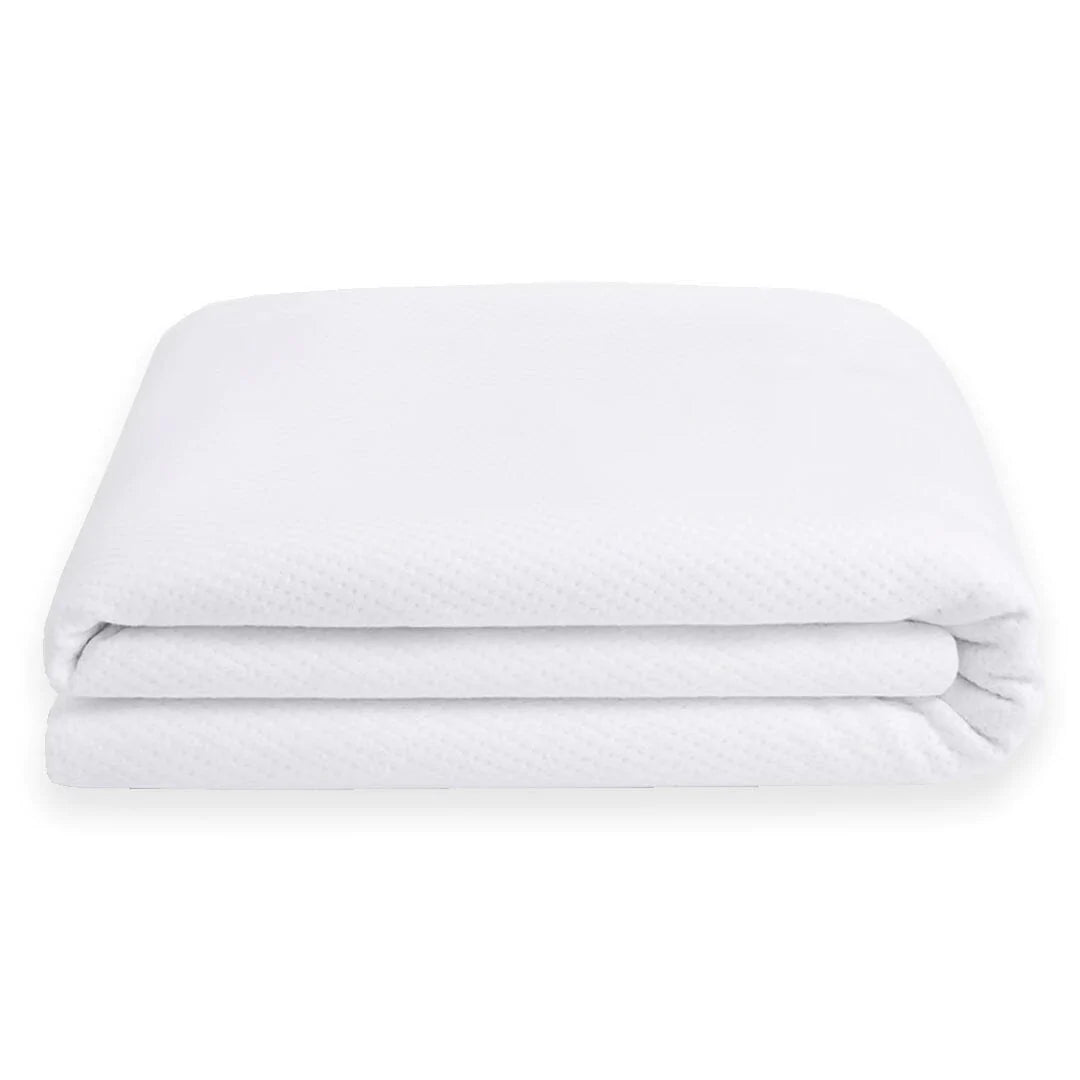
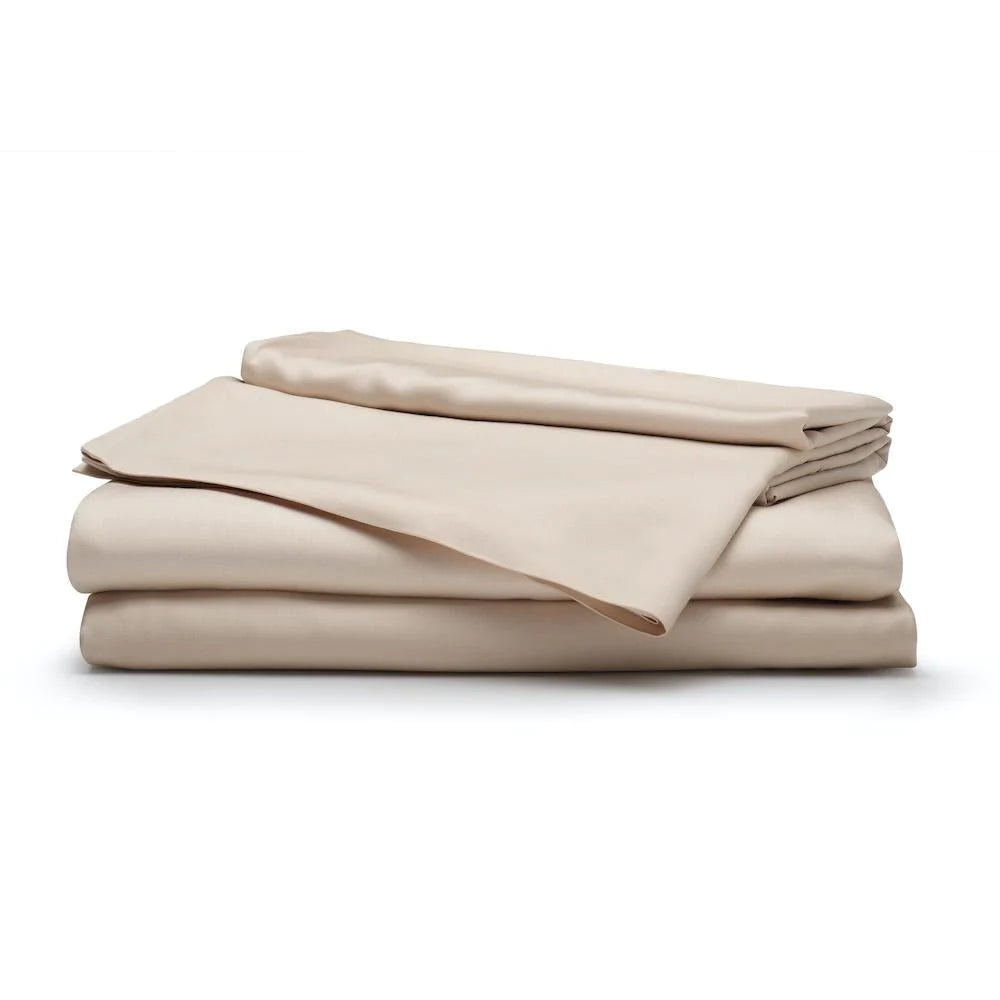
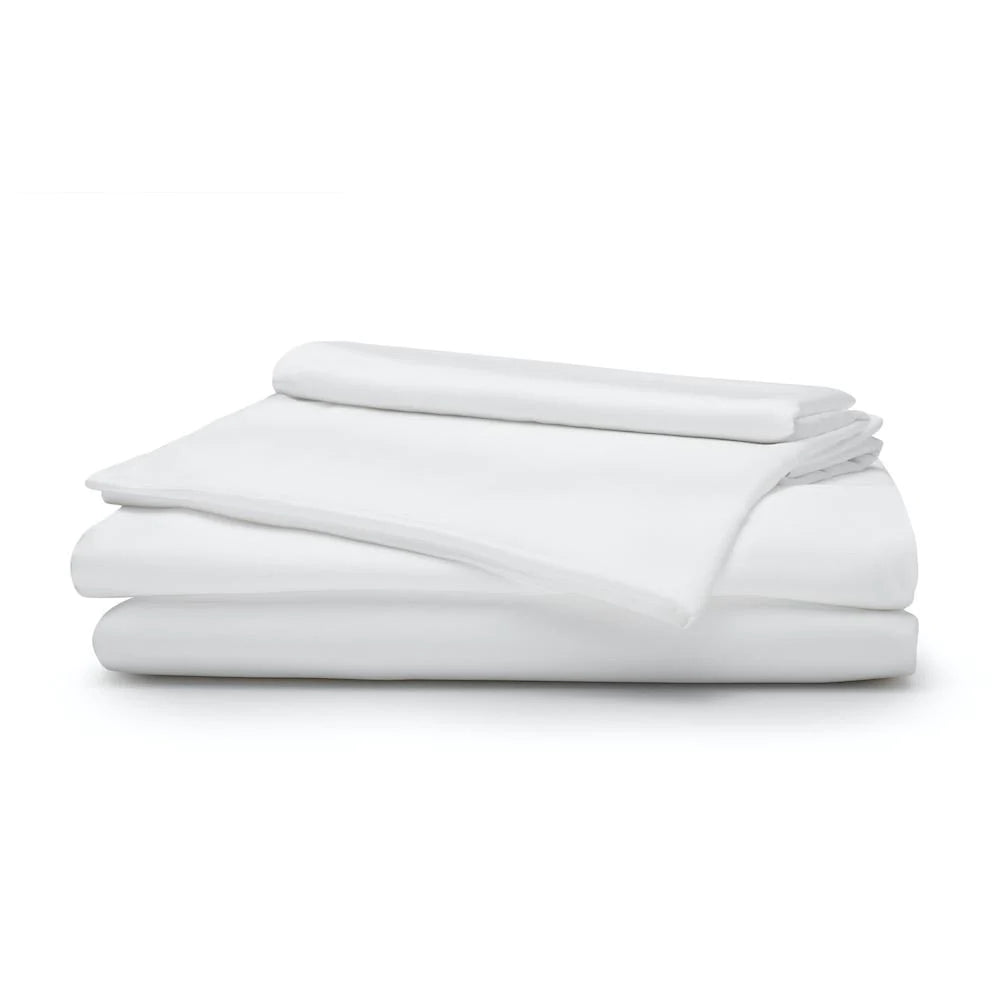
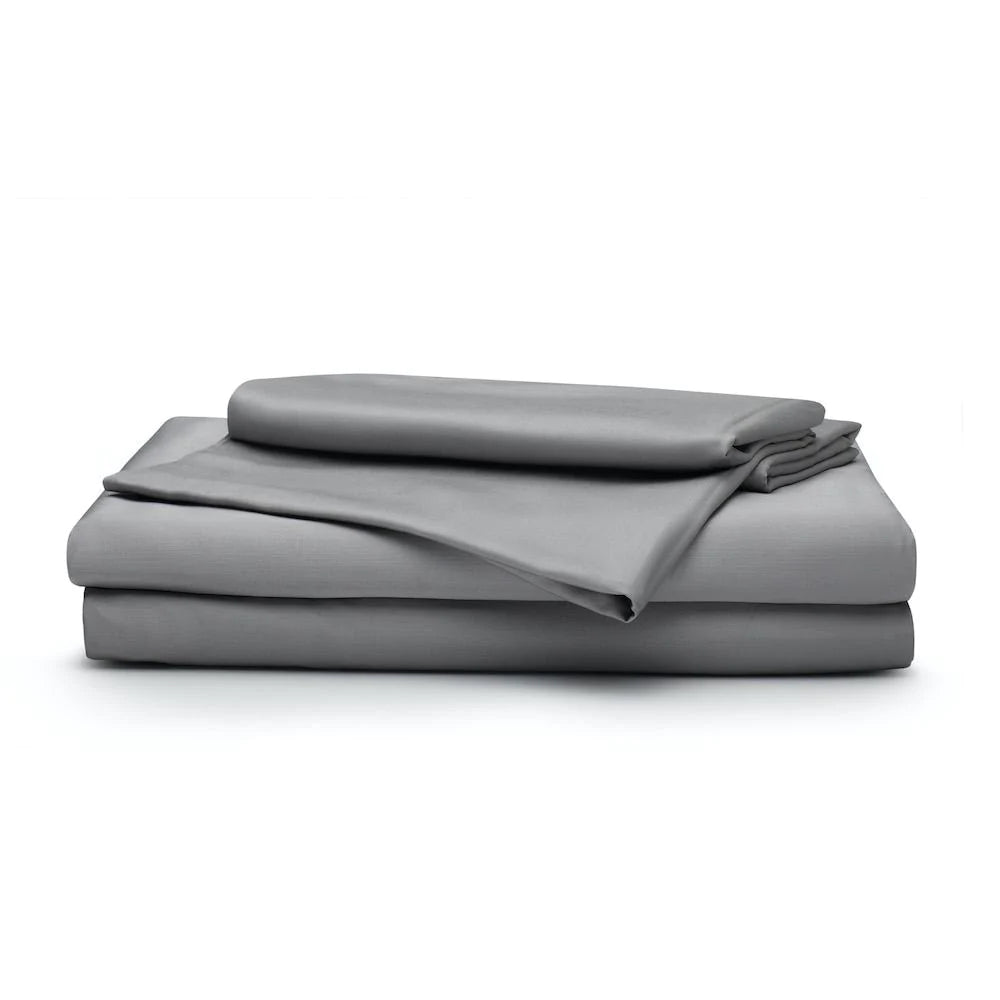

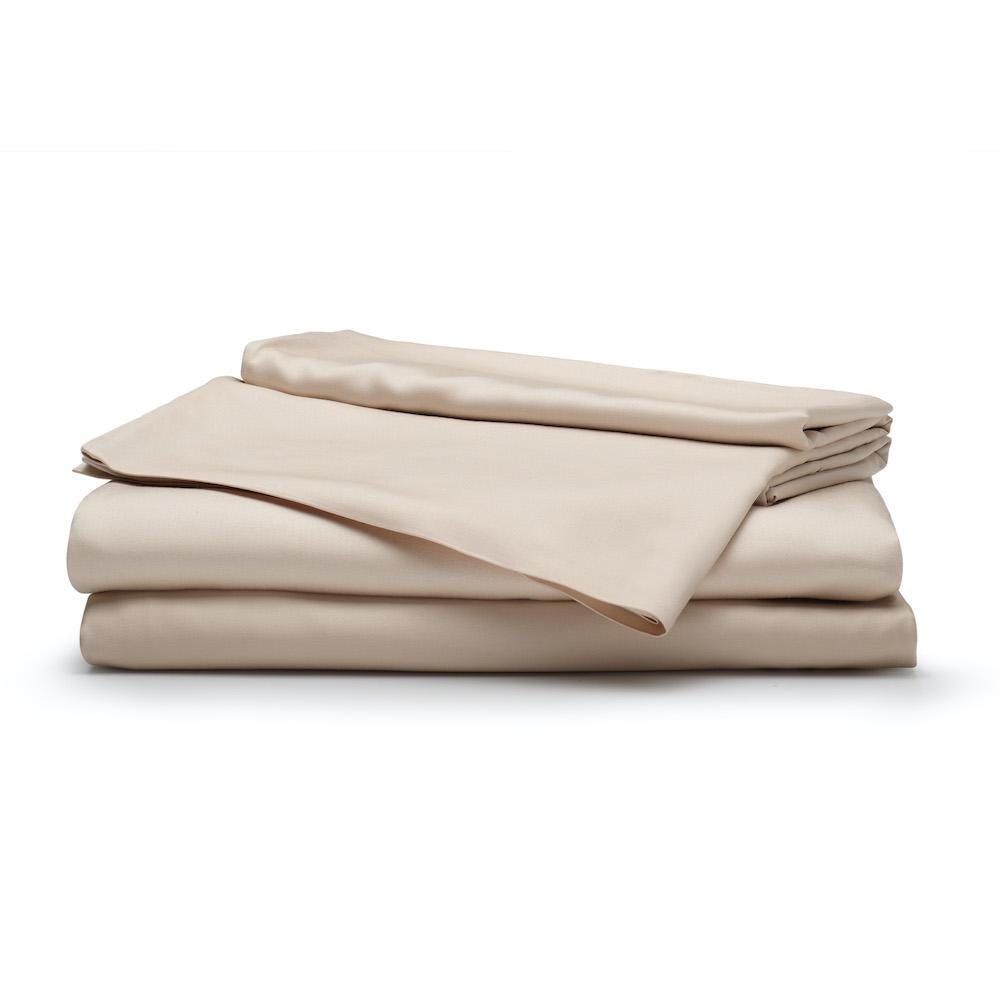
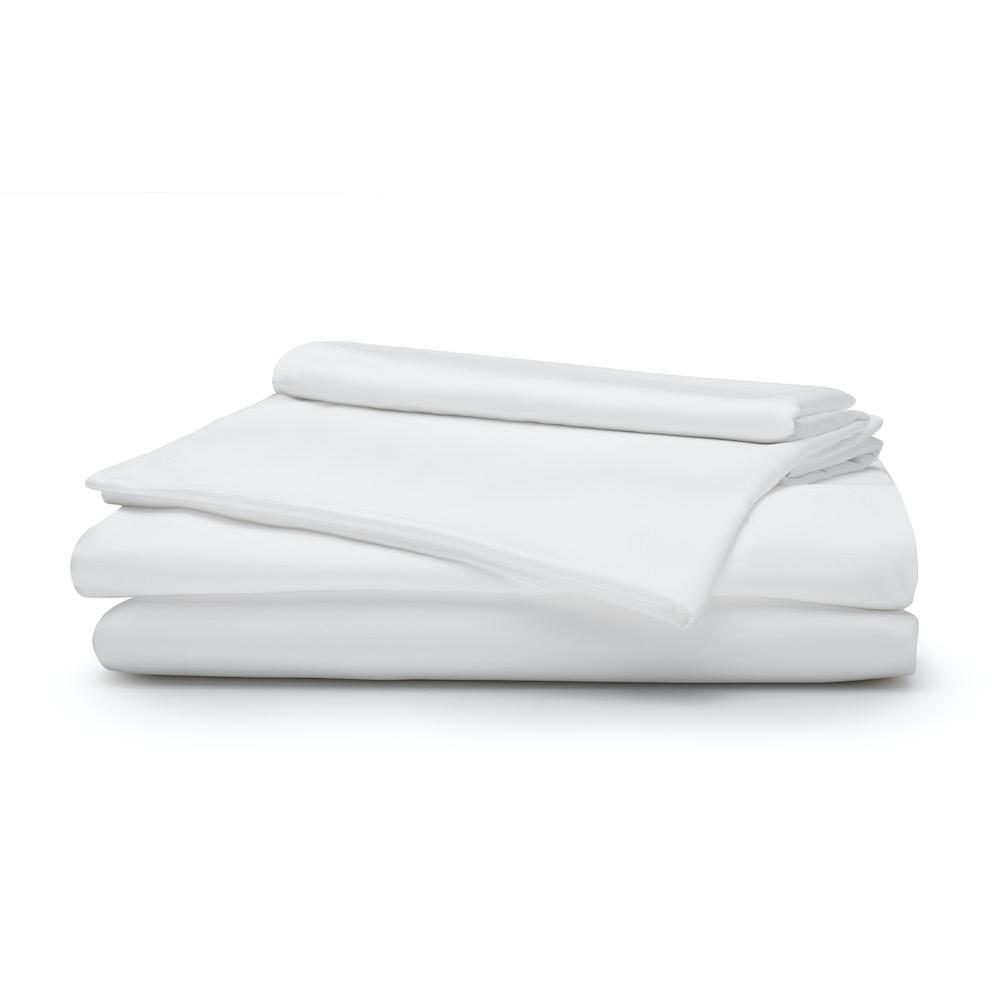
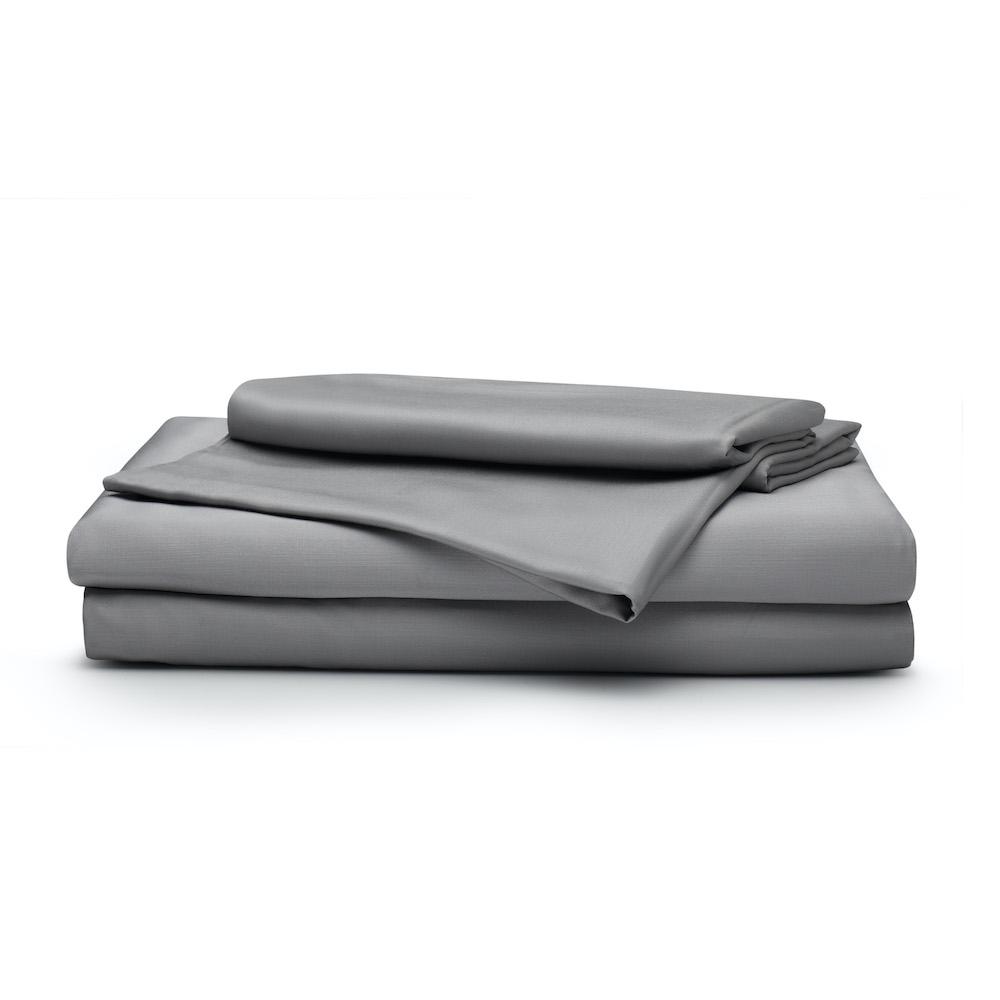
 9 reviews
9 reviews